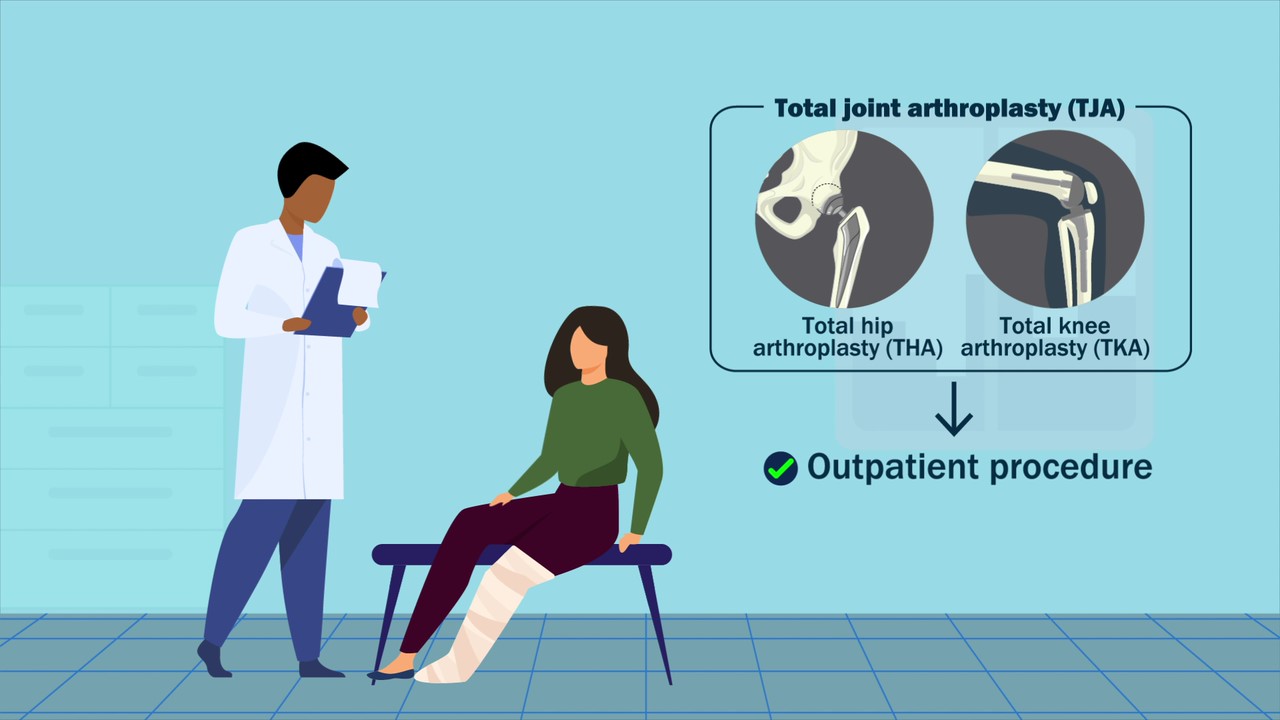JBJS Editor-in-Chief Dr. Marc Swiontkowski shares his thoughts on a new study showing the potential of preoperative bladder scanning to predict postoperative urinary retention in patients undergoing total joint arthroplasty.
In the U.S., the move toward outpatient hip and knee replacement surgery has been rapid over the last 4 to 5 years, and it will likely soon be the norm. With this rapid escalation, however, also has come unanticipated emergency department visits and the potential for discharge delays for some patients due to early postoperative concerns and complications. That list would include pain management issues, wound drainage, and urinary retention. The orthopaedic community has responded, with the main focus on determining optimum postoperative pain management protocols and perioperative anesthesia techniques as well as measures such as preoperative patient questionnaires to detect pain catastrophizing potential. Wound-management techniques have also been optimized, for example, with the use of tranexamic acid and impermeable dressings that can be left in place until the postoperative visit. Less attention has been paid to the issue of urinary retention.
In the April 3, 2024 issue of JBJS, Magaldi et al. report on their investigation of the risk of postoperative urinary retention (POUR) in patients undergoing total joint arthroplasty (TJA). They found that preoperative bladder scanning was predictive of this complication. The study is available at JBJS.org:
Study Highlights
- This prospective analysis included a total of 507 patients (324 female and 183 male) undergoing total knee arthroplasty (TKA) or total hip arthroplasty (THA). Patients completed the American Urological Association (AUA) symptom survey preoperatively and then postoperatively at 14 and 64 days. Post-void bladder scanning was performed preoperatively.
- In the TKA group, the rate of POUR was 37%, while in the THA group, it was 23%. POUR was defined as a bladder volume of >500 mL requiring catheterization.
- The researchers found that increasing post-void residual volume on preoperative bladder scans was predictive of POUR following surgery. Those who developed POUR retained, on average, 25 mL (TKA) and 28 mL (THA) more volume than those who did not require catheterization. The authors further note that “there was a predictable and exponential increase in the rate of catheterization as preoperative PVRV [post-void residual volume] increased from 50 to 200 mL.” The AUA symptom survey was not predictive of POUR.
A video abstract summarizes the findings. Access it here: Preoperative Bladder Scanning Can Predict Postoperative Urinary Retention Following Total Joint Arthroplasty
It is no surprise that patients feel more comfortable in their own homes, sleeping in their own beds, after major surgery. The orthopaedic community needs to continue to provide high-quality research to confirm the best methods to prevent unnecessary trips to the ED by patients and reduce impediments to discharge. This research is a major step toward that goal.
JBJS Editor-in-Chief




